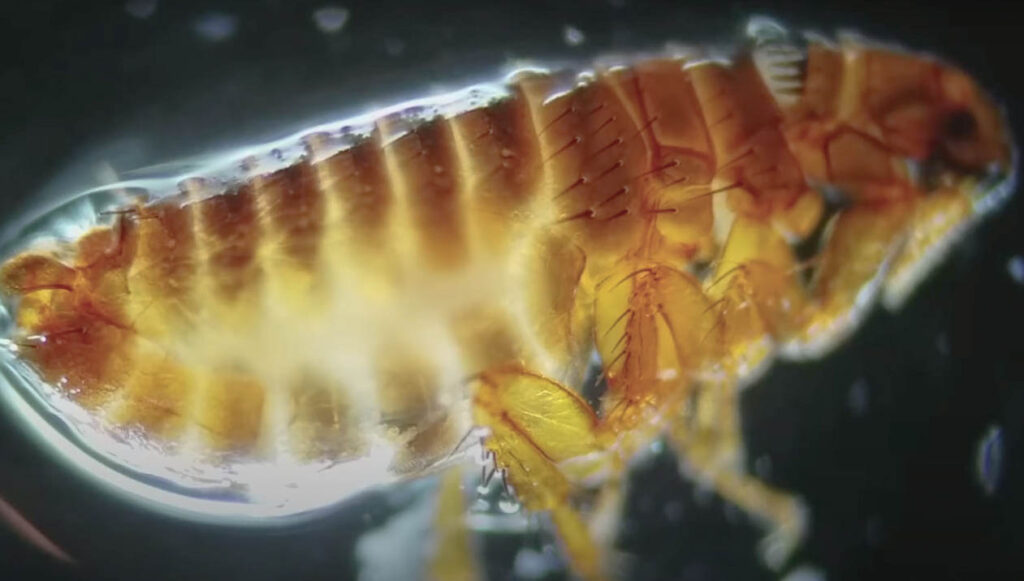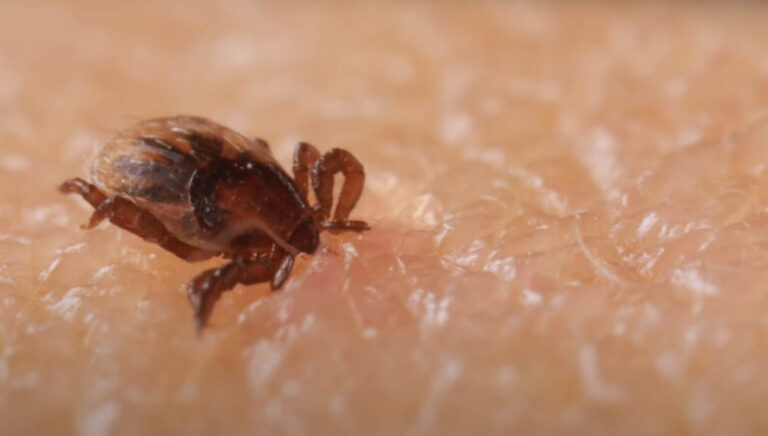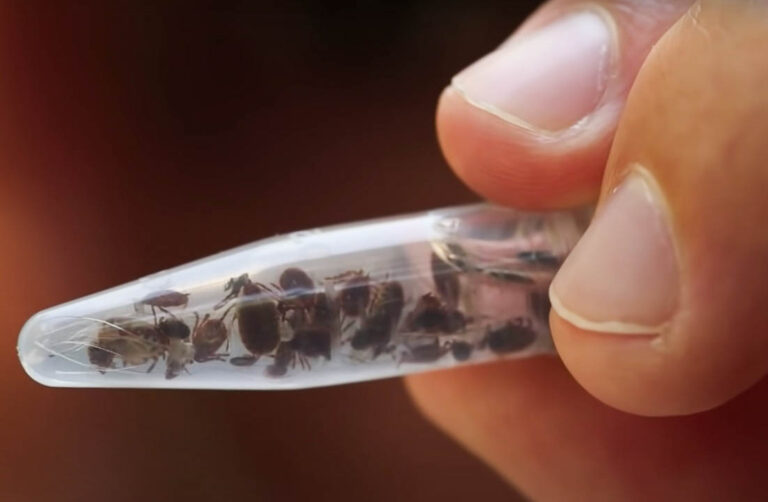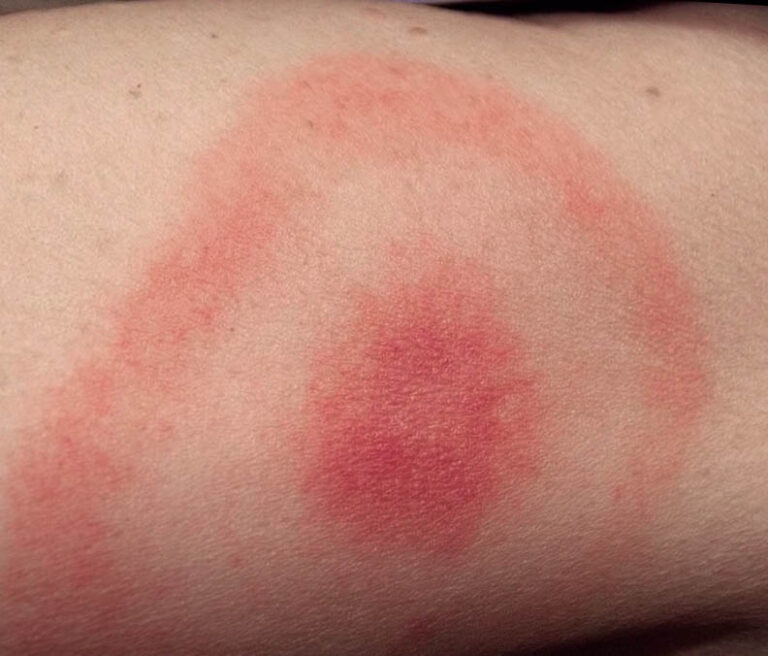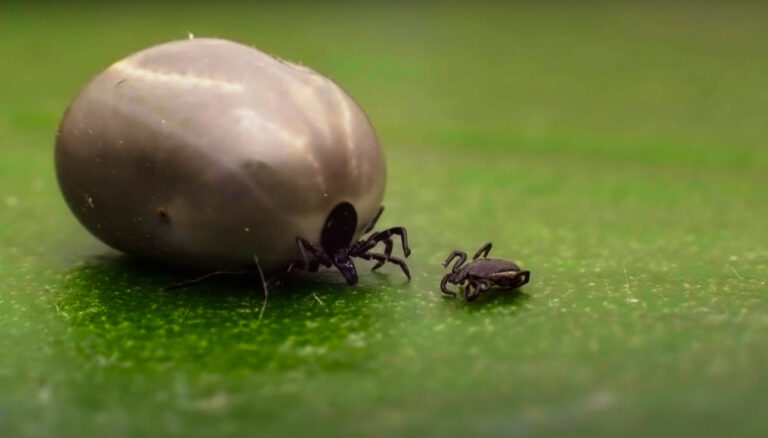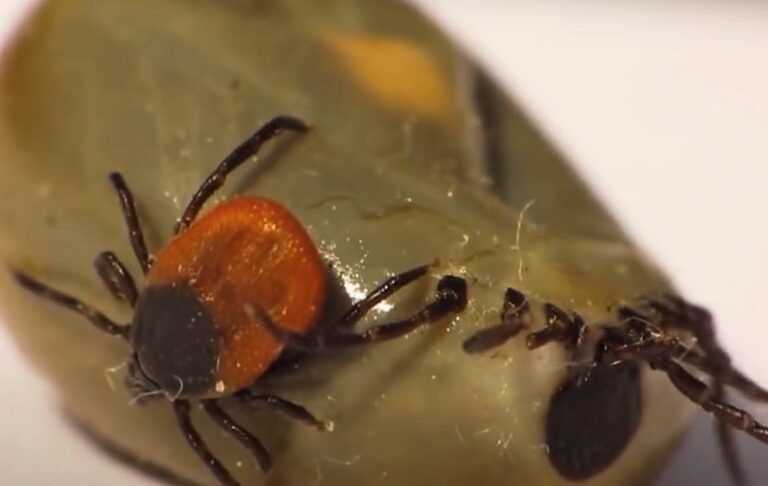What is the difference between fleas and ticks?
What is the difference between fleas and ticks?
Ticks and fleas have several similar features and could be mistaken for each other. They are both external parasites that feed on blood. They are also vectors of different diseases. Ticks and fleas both infest humans and animals, and it is important to tell the difference between both insects to be able to identify and manage them effectively.
In this article, we highlight the differences between fleas and ticks, pointing out the important features you should note.
Movement
A major difference between fleas and ticks is their mode of movement. Both fleas and ticks do not have wings. Yet, they move according to different methods. Fleas have excellent jumping skills and can jump from one host to another. They can also jump from surfaces to hosts. Fleas typically apply their jumping skills in attaching to hosts and taking blood meals. As long as there is a host in the area, a flea can jump to it. Ticks do not jump. Instead, they get to their host by either questing or crawling. Hard ticks apply questing, while Soft ticks crawl to meet their hosts and take blood meals. Questing is a process that involves climbing grass and leaves to be able to attach to hosts as they pass by.

Appearance
Fleas and ticks are both small insects. However, fleas are smaller than ticks, a feature they apply to their parasitic and vector advantage. The average flea has a length of 1/8 of an inch. Typically, fleas appear as dots on clothing, skin, and other surfaces. Their details are only properly seen under a microscope.
Ticks are bigger than fleas. Although the sizes differ across species, ¼ of an inch is a good representation of the size of the insects.
Infestation
Both insects can cause indoor and outdoor infestations. However, fleas are more prone to cause indoor infestations. This is because infected pets and humans come indoors and bring the insects in with them. The insects can then create habitats indoors and establish large populations. This is why flea infestations are mostly an indoor problem. Ticks are more commonly found outdoors. Infected persons and pets could bring ticks indoors but a lot of the species cannot survive for long and do not actively try to get indoors. This is why tick infestations are mostly an outdoor problem.

Weather conditions
The weather conditions where ticks thrive differ from those that support the growth of fleas. Fleas and ticks can generally live in warmer climates. The distinction is in the colder climates. Fleas do not like colder climates and are not built to survive in them.
On the other hand, ticks can survive the winter months. They even enter a dormant state whether as eggs or larvae to survive the colder periods.
Feeding pattern
They both feed on blood but in different ways. Many ticks take the blood meal they require from their hosts and fall off. Fleas could remain attached to the host till their death. They also lay eggs to establish large populations.
By depending on the key differentiating features between fleas and ticks, you can identify infestations and manage them properly.
